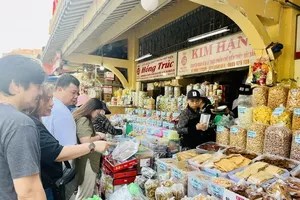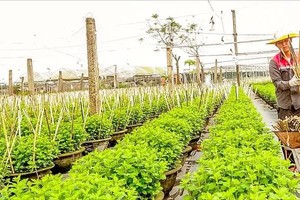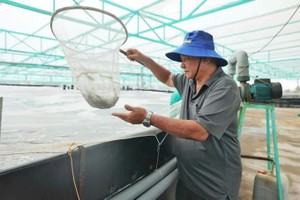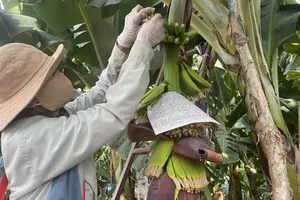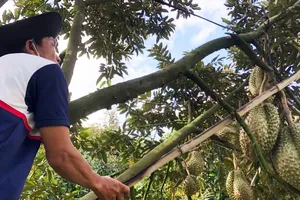Since early 2025, Vietnam’s rice export prices have dropped to the lowest levels globally. According to the Vietnam Food Association, Vietnam’s rice export prices are decreasing daily.
As updated on February 6, the price of five-percent broken rice stood at only US$399 per ton, while 25-percent broken rice traded at US$371 per ton, and 100-percent broken rice dropped to US$313 per ton.
The price of Thailand's five-percent broken rice is US$34 per ton higher than Vietnam's rice export prices, while the 25-percent broken rice of Thailand is US$40 per ton higher, and 100-percent broken rice is US$64 per ton higher than Vietnam’s.
The trend is alike when comparing Vietnam’s rice prices to those of India and Pakistan.
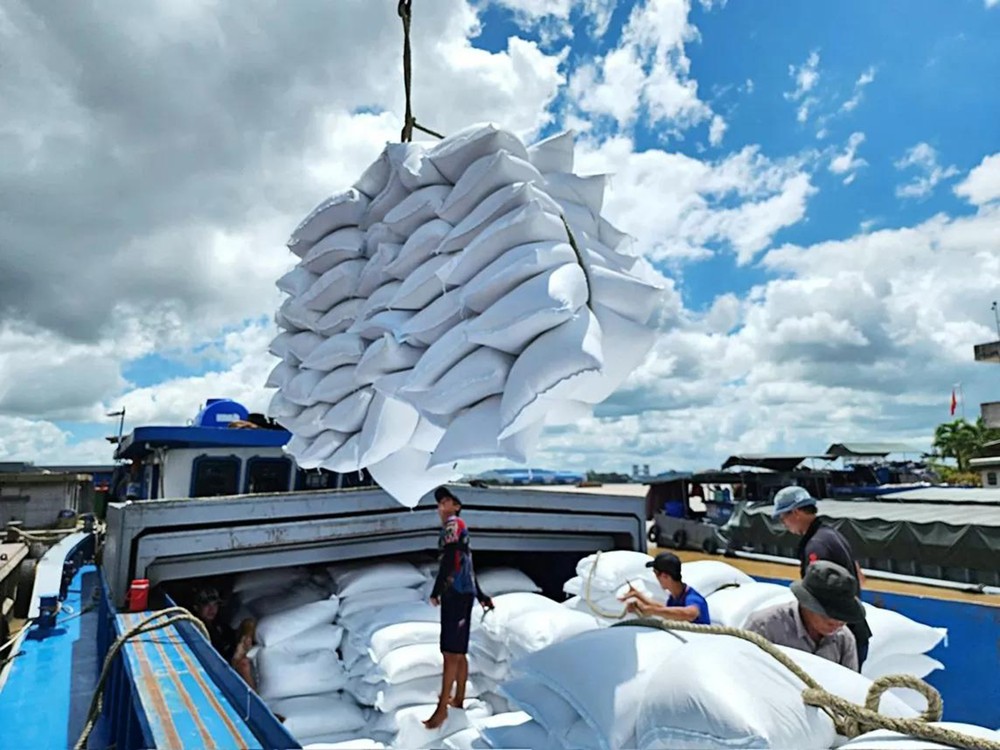
The Ministry of Industry and Trade and economic experts assessed a sharp decline in Vietnam's current rice export prices compared to the peak of US$700 per ton in mid-August 2023, the highest level in 15 years since 2008. Compared to this record price, Vietnam's rice prices have fallen by US$301 per ton, equivalent to a decrease of 43 percent over the past 17 months.
According to the Ministry of Agriculture and Rural Development (MARD), in January 2025, Vietnam’s rice export is approximately estimated at 500,000 tons of rice, with around US$308 million in revenue.
Compared to the same period in 2024, the export volume increased slightly by 1 percent, but the total export value dropped by 10.4 percent due to the significant decline in rice prices.
Deputy Minister of Agriculture and Rural Development Phung Duc Tien indicated that the main reason for this price decline is that India loosened its rice export restrictions after two years of a temporary ban, leading to an increased global supply and intensifying competition among exporting countries, including Vietnam.
Deputy Head of the Import-Export Department under the Ministry of Industry and Trade Tran Thanh Hai added that demand from major rice-importing markets such as the Philippines and Indonesia is also declining when these countries accumulated sufficient reserves in 2024 and are waiting for prices to drop further before resuming imports.
Maintaining volume to meet long-term export demand
According to the United States Department of Agriculture, global rice exports in 2025 are expected to reach 56.3 million tons, an increase of 2.3 million tons compared to the previous forecast. The abundant supply is expected to intensify competition among rice-exporting countries.
In an interview with Sai Gon Giai Phong (SGGP) Newspaper, some businesses stated that current rice export prices have fallen to the lowest level, but they still believed that prices will recover in the coming time.
According to Deputy Minister of Agriculture and Rural Development Phung Duc Tien, the key solution to overcome the current situation is to strengthen trade promotion and diversify markets.
Specifically, in addition to major markets such as the United States and China, businesses should also focus on expanding into the EU, Japan, the Republic of Korea and the Philippines.
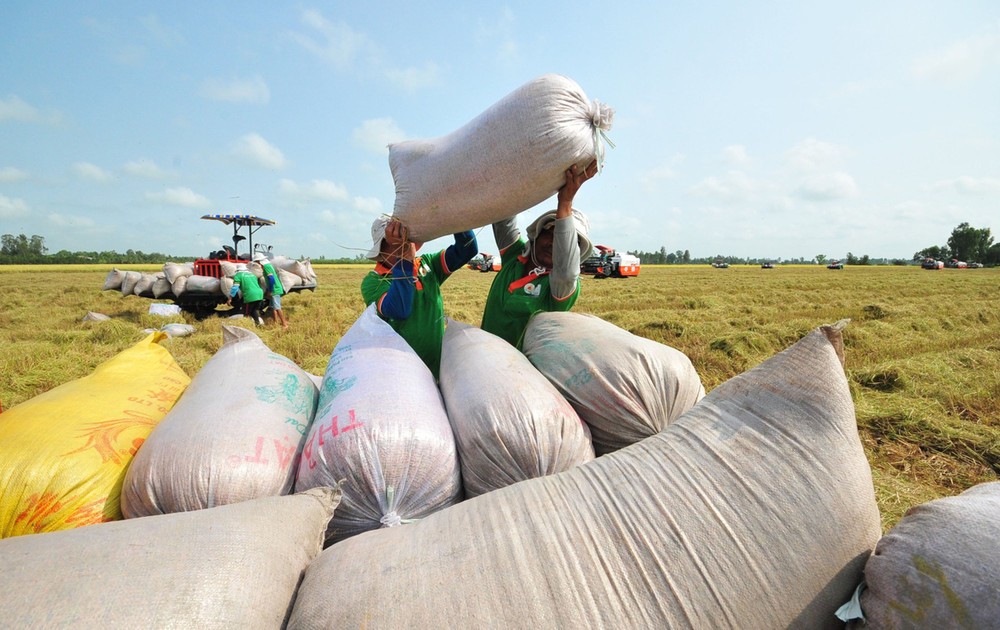
Despite increasing pressure in the global rice market, Vietnam’s rice still holds a significant advantage thanks to the quality of premium fragrant and soft rice varieties, notably ST25, favored by high-standard markets.
Deputy Minister of Agriculture and Rural Development Tran Thanh Nam emphasized that the development of drought- and salt-tolerant rice varieties that can adapt to climate change in the Mekong Delta will help maintain stable volume and meet long-term export demand.
Deputy Head of the Import-Export Department under the Ministry of Industry and Trade Tran Thanh Hai also noted that building a strong rice brand requires a comprehensive strategy. Businesses should focus not only on the premium rice segment but also on expanding into new potential markets, such as the Middle East, where long-grain rice is favored.
Product and market diversification is a critical factor for achieving sustainable growth in the rice export sector.
At a regular press conference in the first week of January 2025, Deputy Minister of Industry and Trade Nguyen Sinh Nhat Tan presided over and provided information that in early 2025, the Government issued Decree No. 01/2025/ND-CP to amend and supplement Decree No. 107/2018/ND-CP on rice export business. This decree is expected to address many difficulties faced by enterprises.
Specifically, the regulation on reporting the total volume of rice in stock has been implemented monthly in spite of being weekly, as previously, reducing administrative pressure on businesses.
Deputy Minister of Industry and Trade Nguyen Sinh Nhat Tan also stated that Decree No. 01/2025/ND-CP focuses on prioritizing funding for trade promotion, developing rice branding and providing loan support for enterprises.
Dr. Le Quoc Phuong, former Deputy Director of the Industrial and Trade Information Center under the Ministry of Industry and Trade, said that these reforms not only help enhance the value of rice exports but also ensure transparency and efficiency for market management.
